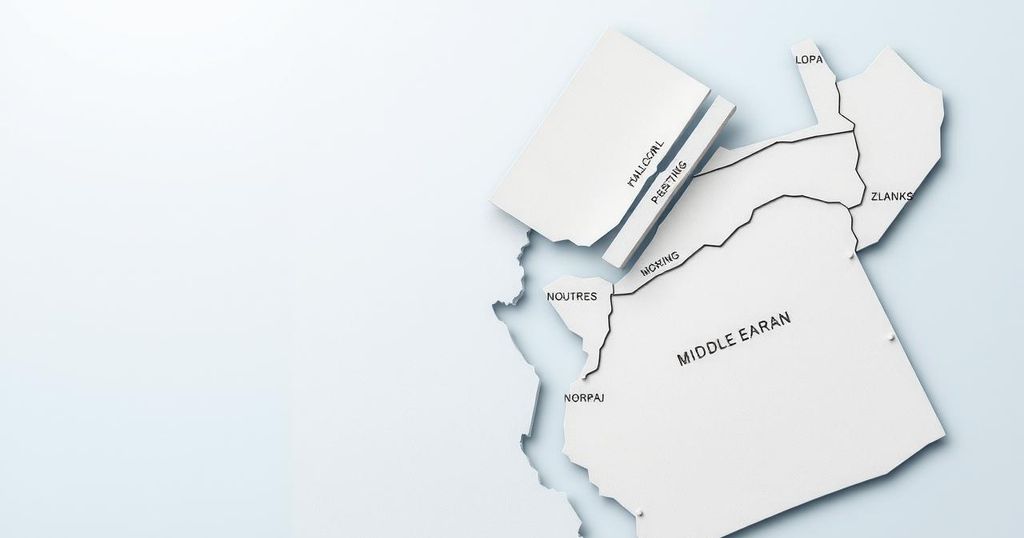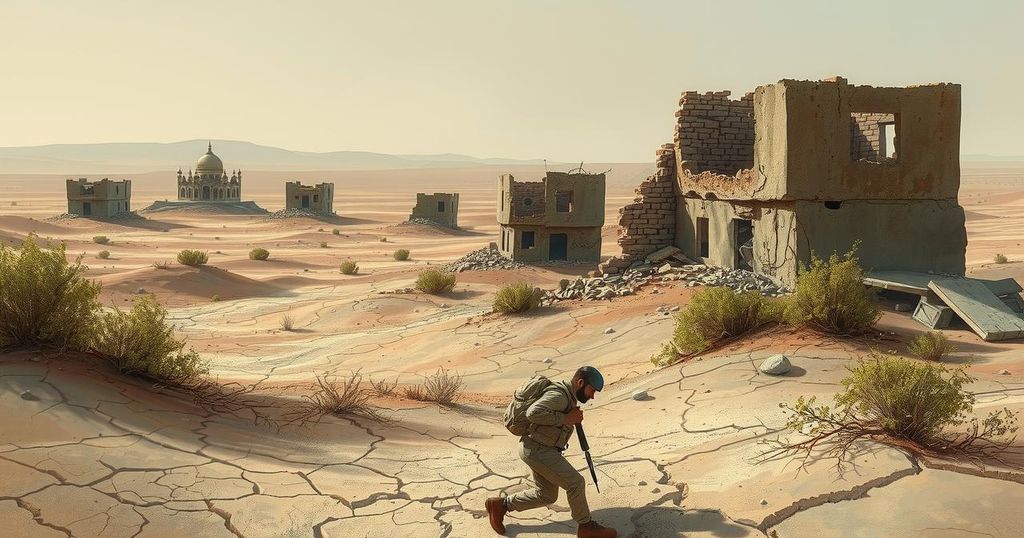Ethiopia faces ongoing internal conflicts despite the end of the Tigray War, which resulted in significant casualties and displacement. The conflict arose from tensions between Prime Minister Abiy Ahmed’s forces and the TPLF. With the Pretoria Agreement signed in November 2022, Ethiopia is now witnessing escalating violence between the Amhara and Oromia regions over territorial disputes and ethnic tensions.
Ethiopia, a country rich in history, has recently battled numerous conflicts. The Tigray conflict, which lasted from 2020 to 2022, resulted in a significant loss of life, displacing over two million individuals and pushing parts of the nation towards famine. This fray involved Prime Minister Abiy Ahmed’s federal forces and the Tigray People’s Liberation Front (TPLF), a former ruling party.
The Tigray War commenced on November 4, 2020, with Prime Minister Abiy launching an offensive in Tigray, citing a military base attack as the catalyst. Rising tensions between Abiy’s government and the TPLF escalated into a full-scale war, after the TPLF had been marginalized since Abiy’s rise to power in 2018. The war, which involved regional actors like Eritrea, was fueled by deep-seated political and ethnic grievances, reflecting long-standing issues within the country.
International attention heightened when the Norwegian Nobel Committee criticized Abiy, noting his responsibility as both a leader and Peace Prize laureate to resolve the conflict. In November 2022, the war officially concluded with the Pretoria Agreement, encouraging a ceasefire, humanitarian access, and disarmament of Tigray forces.
While the Tigray War appears to have subsided, new strife arises between the Amhara and Oromia regions, complicating Ethiopia’s path to peace. The conflict is fueled by intricate political, ethnic, and territorial rivalries, primarily regarding land rights and resource control. The historical significance of the Amhara and the World’s largest ethnic group, the Oromo, contributes to the ongoing disputes.
The present conflict has roots in land disputes in the Oromia region, including areas formerly part of Amhara but now claimed by Oromo communities. This tension underscores the challenges Ethiopia faces in achieving lasting peace, as civilians remain vulnerable, particularly amidst ongoing violence in the Amhara and Oromia regions.
In conclusion, while the Tigray War has reached a formal end, Ethiopia continues to grapple with significant internal conflicts that threaten to destabilize the nation further. Heightened volatile tensions between the Amhara and Oromia regions indicate that the path to enduring peace will require addressing an array of complex historic and contemporary grievances. The need for resolution and reconciliation remains crucial, as civilians endure the impacts of these ongoing strife.
Original Source: www.outlookindia.com




